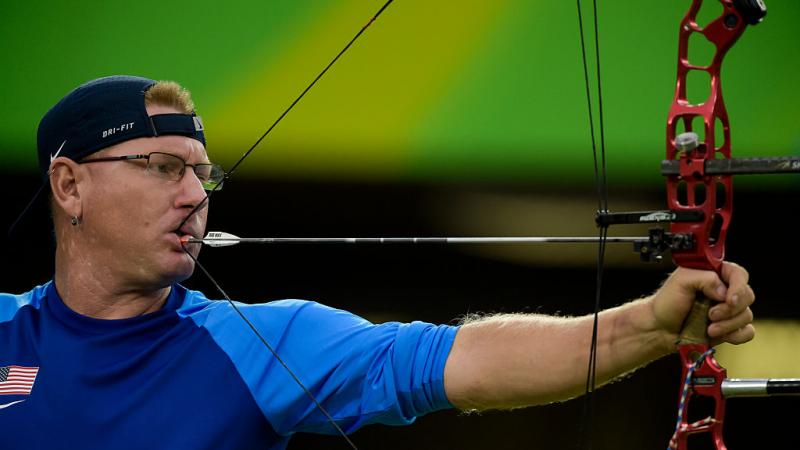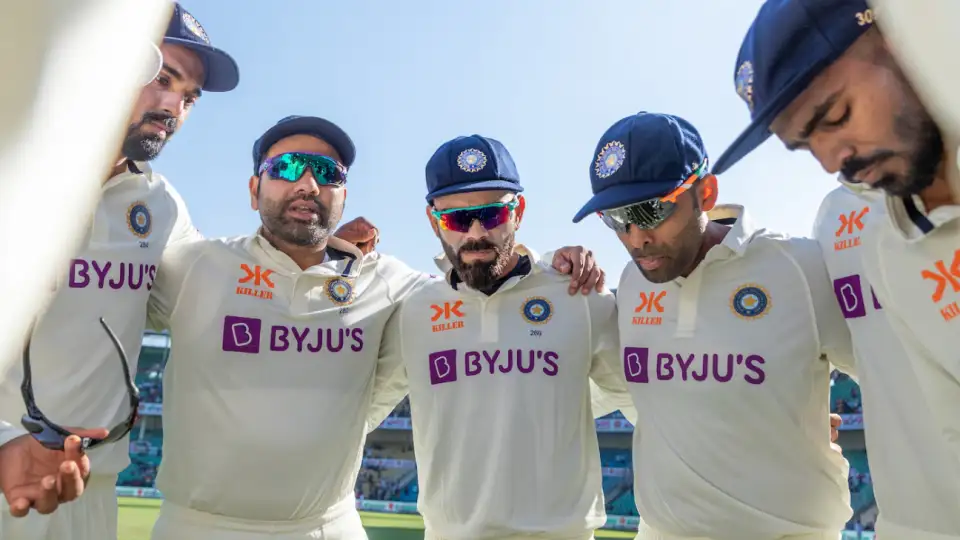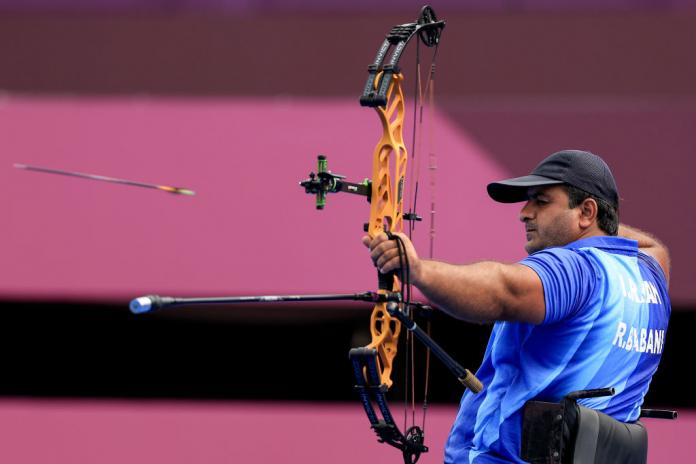Para archery, frequently overlooked in comparison to its able-bodied counterpart, is a captivating sport that highlights exceptional skill, tenacity, and flexibility. This sport, in which individuals with physical disabilities compete using a bow and arrow, illustrates that archery is not merely about accuracy but also about perseverance and the human spirit. In this article, we will explore the core of para archery, its development, the classification system, and the inspiring tales of its participants.
The Core of Para Archery
Para archery is a discipline that closely mirrors the traditional form of archery but is modified to suit athletes with various physical challenges. In contrast to able-bodied archery, which often prioritizes strength and endurance, para archery places a greater emphasis on technique, precision, and mental resilience. At its heart, the sport remains the same: hitting a target from a designated distance with a bow and arrow. However, the strategies and approaches of athletes can vary greatly depending on their classification and the adaptations required for their equipment and technique.
The sport is overseen by World Archery, the global governing body for archery, which establishes the rules and guidelines to ensure equitable competition among athletes with different types of disabilities. Para archery stands out for its ability to allow athletes to compete at the highest level, including the Paralympic Games, where they demonstrate their abilities on an equal stage with their competitors.
The Growth of Para Archery
The history of para archery is a story of resilience and determination. Over the years, the sport has expanded in recognition and complexity, gaining a place of honor within the wider archery community. Para archery made its inaugural appearance at the Paralympic Games in 1960, and since then, it has grown in both popularity and sophistication. Initially, the sport focused on accommodating athletes with spinal cord injuries, but it has since broadened its scope to include a wider array of physical disabilities.
In its early stages, the primary goal was to provide the necessary accommodations for athletes with disabilities to compete. As the sport matured, there was a shift towards refining equipment and techniques to improve performance and ensure fair competition. Technological advancements, such as specialized bows and adaptive gear, have been instrumental in this development. The inclusion of para archery in the Paralympic Games has been a pivotal moment, offering a worldwide stage for athletes to display their skills and inspiring many to pursue the sport. The expansion of para archery has also been driven by increased awareness and support from the global community, including sponsors, media, and advocacy organizations.
Grasping the Classification Framework
A fundamental element of para archery is its classification framework, which guarantees that competitors face each other on an equal footing. This system is crafted to organize athletes by their comparable levels of ability and disability, ensuring that competitions are just and balanced. Para archery classifications are structured around the kind and extent of disability. There are three primary groups: Recurve Bow (Open): This category is for athletes with physical disabilities who employ a recurve bow. It is the most prevalent group, encompassing a broad spectrum of disabilities, from spinal cord injuries to amputations. Compound Bow (Open): This category is for athletes who use a compound bow, which features a more intricate mechanical system compared to a recurve bow. Athletes in this category may have various disabilities but are grouped based on their functional capabilities.
W1: This category is reserved for athletes with severe impairments, such as those with high-level spinal cord injuries or multiple impairments affecting their arm and hand function. Athletes in this category may utilize specialized gear and modifications to compete.
The Classification Procedure
The process of classification involves a detailed evaluation by a team of experts, who assess the athletes functional capabilities and assign the appropriate classification. This procedure ensures that athletes with similar levels of disability compete against each other, fostering fairness and competitiveness in the sport.
Equipment and Adaptations
The equipment used in para archery has been significantly modified to meet the diverse needs of athletes. Traditional bows and arrows have been adapted to ensure they are both accessible and functional for athletes with various disabilities. For athletes lacking upper body strength or dexterity, specialized equipment like adaptive bows, mechanical releases, and customized grips are utilized. These adaptations enable athletes to achieve the precision and control necessary for competitive archery while accommodating their physical challenges.Moreover, athletes may employ assistive devices and adaptations to boost their performance. For instance, athletes with spinal cord injuries might use specialized seating or support systems to maintain stability and control during competitions.
The Evolution of Adaptive Equipment
The creation of adaptive equipment is a testament to the innovation and creativity within the para archery community. Manufacturers and designers collaborate closely with athletes to develop solutions that enhance performance and ensure the equipment meets the unique needs of each individual. Para archers often use methods like imagining success, being mindful, and practicing relaxation to boost their mental game. These strategies help athletes remain focused and calm, enabling them to excel even under intense pressure.
Motivating Tales from Para Archery
The realm of para archery is brimming with inspiring tales of athletes who have surmounted incredible challenges to reach the pinnacle of success. These athletes exemplify the strength of will, endurance, and the indomitable human spirit. A notable example is that of Matt Stutzman, an American para archer famously known as the Armless Archer. Born without arms, Stutzman has risen to become one of the premier para archers, securing numerous accolades and breaking world records. His story underscores the power of persistence and the capacity to overcome what seems impossible.
Another inspiring figure is Mariann Marthinsen from Norway, a multi-medal winner who has competed at the elite stages of para archery. Marthinsen journey is characterized by her unwavering commitment to the sport and her knack for inspiring others with her performances and sportsmanship. These athletes, among many others, have significantly contributed to the sport and have emerged as role models for aspiring para archers. Their accomplishments highlight the extraordinary potential of individuals with disabilities and the transformative impact of sports.
The Horizon of Para Archery
Looking forward, the prospects for para archery are promising and expansive. The sport continues to evolve, with ongoing advancements in equipment, classification, and training techniques. The growing visibility of para archery and the increasing support from the international community are likely to open up even more opportunities for athletes in the coming years. As the sport gains more recognition, there will be more chances for athletes to display their skills and inspire others. The relentless development of adaptive equipment and training methods will aid athletes in breaking new records and achieving unprecedented levels of performance.
Moreover, the heightened emphasis on inclusivity and accessibility in sports is expected to fuel the growth of para archery. Efforts to raise awareness, encourage participation, and support athletes will ensure that para archery continues to flourish and achieve new milestones. In conclusion, para archery is a sport that epitomizes accuracy, resilience, and the victory of the human spirit. It stands as a testament to the ability of athletes with physical challenges to compete at the highest echelons and achieve remarkable feats. Through its rich history, innovative adaptations, and inspiring athletes, para archery has established itself as a dynamic and compelling discipline. As we gaze into the future, the continued expansion and development of para archery are bound to lead to even greater achievements and opportunities for athletes. The sport is capacity to inspire, challenge, and engage is a reflection of the incredible potential of the human spirit and the transformative power of sports.






Blog Comments